7 Proven Continuous Threat Exposure Management Tactics
Why Continuous Threat Exposure Management now
Traditional vulnerability management and periodic pen tests give you point-in-time visibility. Continuous Threat Exposure Management (CTEM) keeps a live feedback loop so your risk assessment never goes stale and your remediation stays prioritized by real exposure and business impact. It blends continuous discovery, risk scoring, orchestration, and verification—so you measure remediation velocity, drift, and control effectiveness week over week instead of once a quarter.
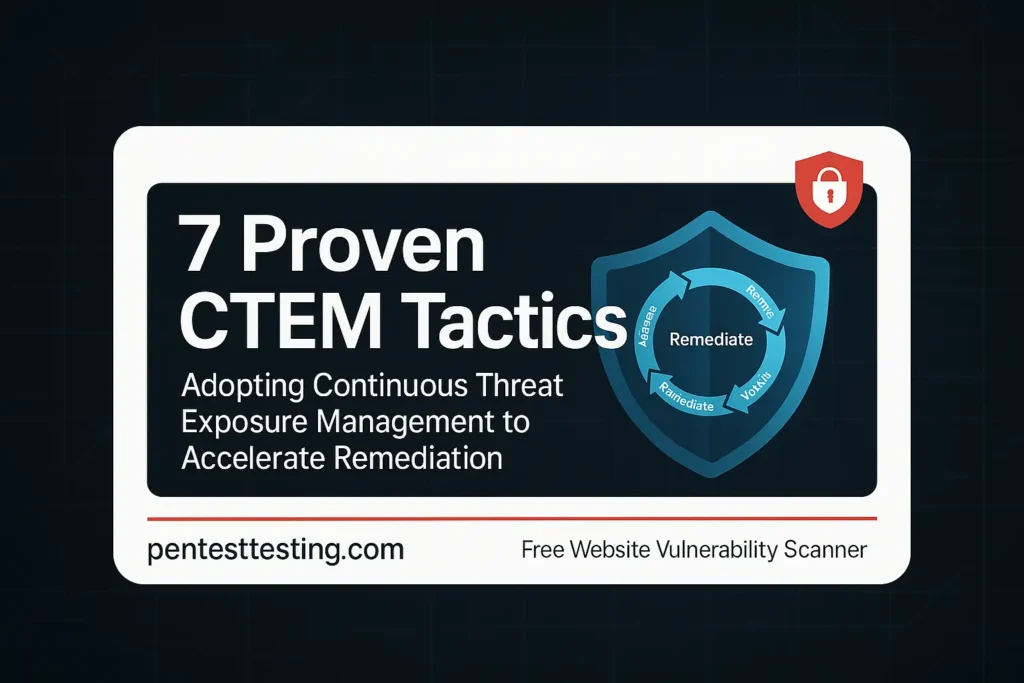
Need an audit-ready approach to risk discovery and fix plans? See our Risk Assessment Services and Remediation Services for HIPAA, PCI DSS, SOC 2, ISO 27001, and GDPR programs.
Update — October 19, 2025: We’ve published a new 7-step playbook for CVE-2025-41244 VMware remediation—read the guide.
What CTEM looks like (and how it’s different)
Old way: scan → spreadsheet → backlog → occasional patch sprints.
CTEM way:
- Continuously identify exposed assets and misconfigs.
- Assess with dynamic, context-aware scoring.
- Remediate via orchestrated fixes and micro-controls.
- Validate fixes automatically (and collect evidence).
- Govern with dashboards: remediation velocity, SLA conformance, drift, and coverage.
1) Integrate CTEM into risk assessment: dynamic, context-aware scoring
Move from static CVSS to context scoring that blends: internet exposure, exploit maturity, chainability, business criticality, and control coverage (e.g., WAF/EDR/2FA).
Python: CTEM risk scoring (CSV in, action plan out)
# ctem_score.py
import pandas as pd
from pathlib import Path
W = dict(exploit_maturity=0.40, chainability=0.20, exposure=0.20, business_impact=0.20)
kev = pd.read_csv("data/kev.csv") # cve, exploited(bool), ransomware(bool), poc(bool)
assets= pd.read_csv("data/assets.csv") # asset_id, hostname, internet_exposed(bool), business_impact(1-5), controls
finds = pd.read_csv("data/findings.csv") # asset_id, cve
def exploit_maturity(row): return 0.5*row.get("exploited",0)+0.3*row.get("poc",0)+0.2*row.get("ransomware",0)
def chainability(cve, table={"CVE-2025-20352":0.9}): return table.get(cve,0.4)
def exposure(asset):
base = 1.0 if asset["internet_exposed"] else 0.2
c = (asset.get("controls","") or "").lower()
for knockdown in ("waf","ips","2fa"):
if knockdown in c: base -= 0.1
return max(0.0, min(1.0, base))
def business_impact(asset): return min(1.0, asset["business_impact"]/5.0)
kev_idx = kev.set_index("cve")
assets_idx = assets.set_index("asset_id")
rows=[]
for _, f in finds.iterrows():
cve = f["cve"]
if cve not in kev_idx.index:
continue
a = assets_idx.loc[f["asset_id"]].to_dict()
k = kev_idx.loc[cve].to_dict()
score = (W["exploit_maturity"]*exploit_maturity(k) +
W["chainability"]*chainability(cve) +
W["exposure"]*exposure(a) +
W["business_impact"]*business_impact(a))
tier = "IMMEDIATE(≤48h)" if score>=0.75 else "NEAR-TERM(≤7d)" if score>=0.50 else "CONDITIONAL(quarterly)" if score>=0.30 else "BACKLOG"
rows.append({**a,"cve":cve,"score":round(score,3),"tier":tier})
plan = pd.DataFrame(rows).sort_values(["tier","score"], ascending=[True,False])
Path("out").mkdir(exist_ok=True); plan.to_csv("out/ctem_action_plan.csv", index=False)
print(plan.head(10))GitHub Actions: nightly CTEM refresh
# .github/workflows/ctem-nightly.yml
name: CTEM Nightly
on:
schedule: [{cron: "0 2 * * *"}]
jobs:
score:
runs-on: ubuntu-latest
steps:
- uses: actions/checkout@v4
- uses: actions/setup-python@v5
with: {python-version: "3.11"}
- run: pip install pandas
- run: python ctem_score.py
- name: Upload plan artifact
uses: actions/upload-artifact@v4
with: {name: ctem-plan, path: out/ctem_action_plan.csv}Tip: For quick web exposure evidence to attach to assets, run a scan with our Free Website Vulnerability Scanner and add the result as a control/data point in
assets.csv.
Screenshot #1: Free Website Vulnerability Scanner — “Scan Now” box filled with your domain.
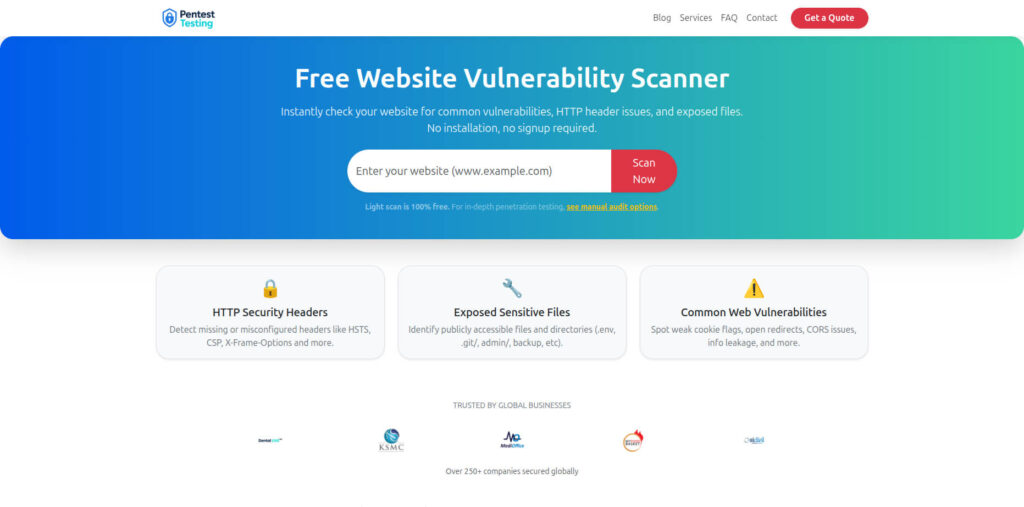
2) Remediation orchestration: triage, micro-controls, and validation loops
Auto-triage to issue tracker (Jira/GitLab) with Python
# create_tickets.py
import csv, os, requests
JIRA_URL = os.getenv("JIRA_URL")
AUTH = (os.getenv("JIRA_USER"), os.getenv("JIRA_TOKEN"))
with open("out/ctem_action_plan.csv") as f:
for row in csv.DictReader(f):
if row["tier"].startswith("IMMEDIATE"):
payload = {
"fields": {
"project": {"key": "SEC"},
"summary": f"[IMMEDIATE] {row['hostname']} - {row['cve']}",
"description": f"CTEM score {row['score']}. Internet-exposed: {row['internet_exposed']}. Controls: {row['controls']}",
"issuetype": {"name": "Bug"},
"priority": {"name": "Highest"},
"labels": ["ctem","kev"]
}
}
requests.post(f"{JIRA_URL}/rest/api/2/issue", json=payload, auth=AUTH, timeout=20)Ansible: ship a micro-control while waiting for a vendor patch
# ansible/apply_temp_waf_rule.yml
- hosts: web
become: true
tasks:
- name: Drop suspicious path for vulnerable endpoint
lineinfile:
path: /etc/nginx/conf.d/temp_block.conf
create: yes
line: 'location ~* /(vuln|debug)/ { return 403; }'
- name: Reload nginx
service: {name: nginx, state: reloaded}PowerShell: urgent Windows patch window
# Install-KB.ps1
param([string]$KB)
Write-Host "Installing $KB ..."
Install-WindowsUpdate -KBArticleID $KB -AcceptAll -IgnoreReboot
Register-ScheduledTask -TaskName "RebootAfterKB" -Trigger (New-ScheduledTaskTrigger -Once -At (Get-Date).AddMinutes(30)) `
-Action (New-ScheduledTaskAction -Execute "shutdown.exe" -Argument "-r -t 0") -RunLevel Highest -ForceBash + jq: validate internet-exposed fixes first
#!/usr/bin/env bash
jq -r 'select(.internet_exposed==true) | [.hostname,.cve,.tier] | @tsv' out/ctem_action_plan.json | head -n 20SQL: measure remediation velocity (SLA tracking)
-- tickets table: id, created_at, closed_at, tier
SELECT tier,
COUNT(*) AS total,
AVG(EXTRACT(EPOCH FROM (closed_at - created_at))/3600)::numeric(10,1) AS avg_hours_to_close
FROM tickets
WHERE created_at >= NOW() - INTERVAL '30 days'
GROUP BY tier
ORDER BY CASE tier WHEN 'IMMEDIATE(≤48h)' THEN 1 WHEN 'NEAR-TERM(≤7d)' THEN 2 ELSE 3 END;Rego (OPA): block risky IaC before deploy (drift prevention)
package ctem.guardrails
deny[msg] {
input.aws_s3_buckets[i].public == true
msg := sprintf("Public S3 bucket blocked by CTEM guardrail: %s", [input.aws_s3_buckets[i].name])
}3) Metrics & governance: dashboards that matter
Track the few metrics auditors and executives care about:
- Remediation velocity by tier (IMMEDIATE ≤48h, NEAR-TERM ≤7d).
- SLA conformance (% of issues fixed within target windows).
- Exposure coverage (internet-exposed assets with 0 criticals).
- Drift detection (reopened findings, config deltas vs. IaC).
- Evidence collection (fix artifacts: PRs, change tickets, scanner before/after).
If you want executive-friendly, audit-ready visuals and a control-mapping matrix to HIPAA/PCI/ISO/SOC 2, our Risk Assessment Services and Remediation Services include dashboards and an evidence bundle by default.
Screenshot #2: Sample report from the free tool to check Website Vulnerability.
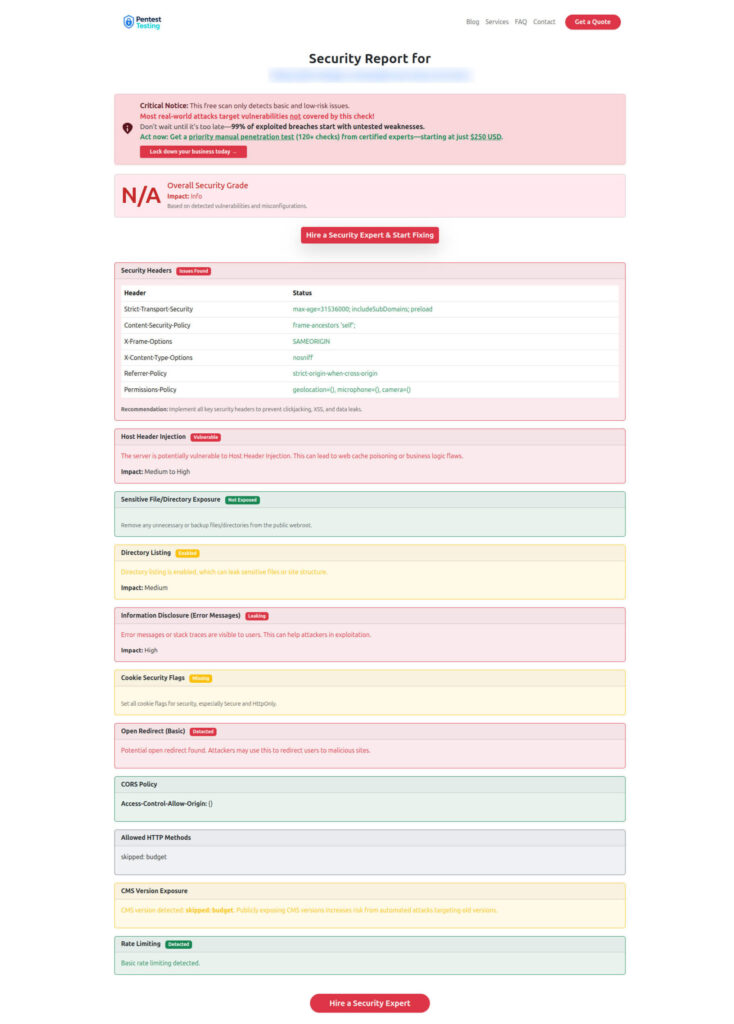
4) Validate continuously (and collect evidence)
Post-fix validation script (re-scan affected hosts)
#!/usr/bin/env bash
set -euo pipefail
INPUT="out/ctem_action_plan.csv"
while IFS=, read -r asset_id hostname cve score tier exposed controls; do
[[ "$tier" != IMMEDIATE* ]] && continue
echo "Validating $hostname for $cve ..."
# Replace with your scanner CLI; save JSON proof to evidence/
myscanner --target "$hostname" --cve "$cve" --json > "evidence/${hostname}_${cve}_after.json"
done < <(tail -n +2 "$INPUT")Evidence index (JSON → PDF)
# evidence_index.py
import json, glob, pdfkit, os
rows=[]
for f in glob.glob("evidence/*_after.json"):
d = json.load(open(f))
rows.append({"target":d["target"], "cve":d["cve"], "status":d["status"], "ts":d["timestamp"]})
html = "<h1>CTEM Validation Evidence</h1><table>"+ "".join([f"<tr><td>{r['target']}</td><td>{r['cve']}</td><td>{r['status']}</td><td>{r['ts']}</td></tr>" for r in rows]) + "</table>"
pdfkit.from_string(html, "out/validation_evidence.pdf")
print("Saved out/validation_evidence.pdf")Where this plugs into your program
- Compliance: Map fixes to HIPAA 164.xx, PCI DSS v4.0, ISO 27001:2022 Annex A, SOC 2 CC series.
- Operations: 48-hour IMMEDIATE queue for internet-exposed risks; 7-day NEAR-TERM queue for everything else.
- Product/SRE: OPA guardrails in CI, change windows, and rollback checkpoints.
- Leadership: Monthly risk posture review using remediation velocity and exposure coverage.
Internal links you should include
- Services:
- Risk Assessment Services — scope, methodology, deliverables, and compliance mappings.
- Remediation Services — micro-controls, patch playbooks, validation testing, and evidence bundles.
- Recent posts to reference (context & momentum):
- CISA KEV Contextual Risk Prioritization Done Right — practical 4-factor method + automation snippets. https://www.pentesttesting.com/cisa-kev-contextual-risk-prioritization/
- Windows 10 End of Support 2025: Remediation Plan — 48-hour and 7-day rollout strategy. https://www.pentesttesting.com/windows-10-end-of-support-2025/
- Android Security Bulletin October 2025: Fleet Triage — mobile fleet patching tactics. https://www.pentesttesting.com/android-security-bulletin-october-2025/
- Explore more on our Blog.
Call to action
If you’re ready to move past snapshot security, we’ll help you embed Continuous Threat Exposure Management into your risk assessments and remediation workflows—complete with dashboards and audit evidence.
→ Start with a quick scan on our Website Vulnerability Scanner Online free, then book a working session via our Risk Assessment Services page.
🔐 Frequently Asked Questions (FAQs)
Find answers to commonly asked questions about Continuous Threat Exposure Management.
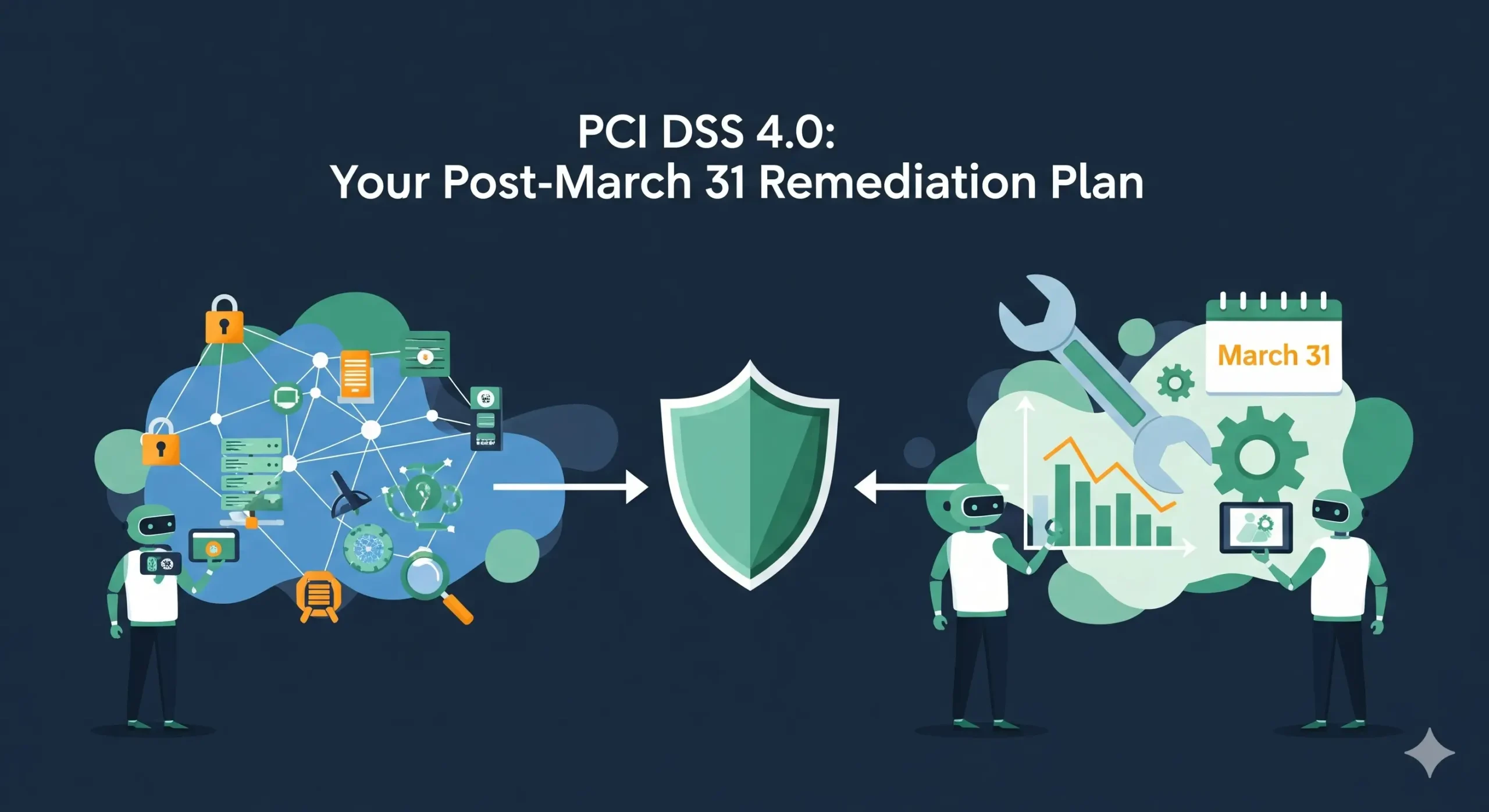
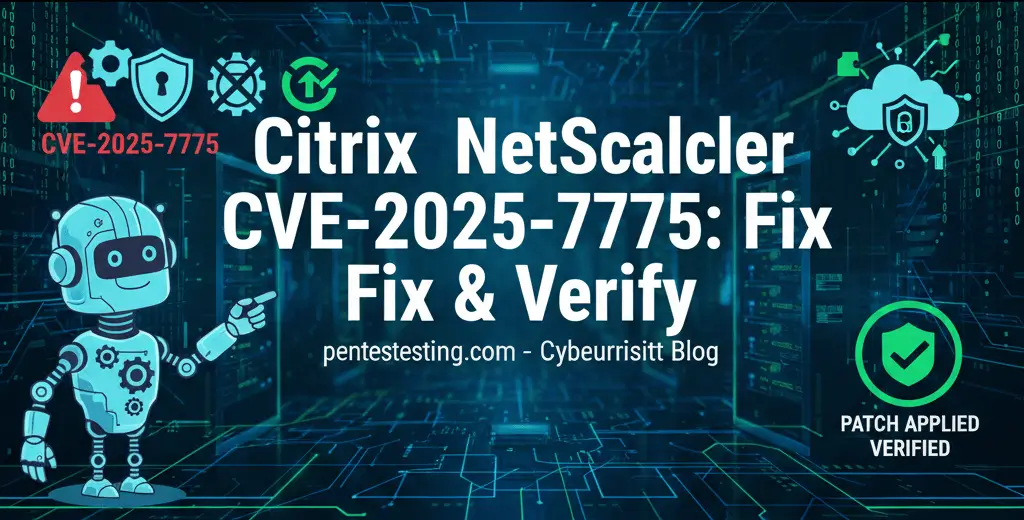
Pingback: 7 Essential Wins: DORA Compliance Cybersecurity 2025 - Data Debug Spot